
The Region of Lima presents several climates but the most predominant one is an arid climate with a light drizzle from April to December and contradictorily with high levels of humidity (above 90%).
June to September is usually overcast, and January to April is sunny but the days can start out overcast with high levels of humidity as well.
This climate is typical in areas near the coastline and in the Provinces of Barranca, Huaura, Huaral, Lima, and Cañete.
In valleys located between 1,650 and 8,200 feet abover sea level (500 and 2,500 m.a.s.l.), the climate is usually semi-dry and temperate; however as the altitude decreases, the rain also decreases but the humidity increases throughout the year (this is due to its proximity to the coastline, which brings very high levels of humidity). In this area the temperature decreases as altitude is gained with temperatures between 22°C and 10°C throughout the year. This type of climate is typical of the valleys in the Provinces of Barranca, Huaura, Huaral, Lima, and Cañete.
In the Andean Mountains between 8,200 and 11,500 feet above sea level (2,500 and 3,500 m.a.s.l.), the climate is usually rainy from December to April (summer), dry from May to October, and throughout the year semi-frigid and humid. The temperature around midday can reach 15°C, but at night temperatures drop to 5°C or lower throughout the year. This climate is found in the Provinces of Cajatambo, Canta, Huaral, Huarochiri, Huaura, Oyon, and Yauyos.
In the Andean Mountains above 11,500 feet above sea level (3,500 m.a.s.l.), the climate is frigid and dry throughout the year with heavy rain from October to May and a high chance of snow. Around midday temperatures can go as high as 13°C, but at night temperatures can drop below 0°C throughout the year. This climate is typical in the Provinces of Cajatambo, Canta, Huarochiri, Oyon, and Yauyos.
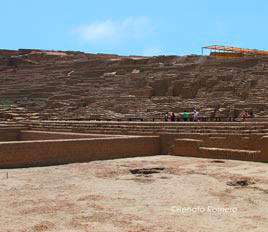
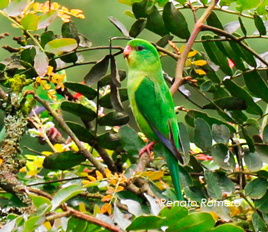
A weather forecast for Lima can be reviewed at the Weather Channel Site.
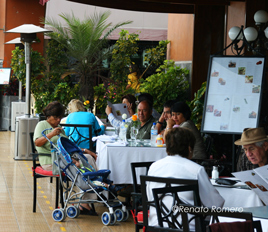
When traveling to a foreign country for the first time,it is important to know that an illness can ruin a vacation if precautions are not taken. In Peru, the main health issues for travelers are related to stomach infections due to the ingestion of contaminated food or liquids and altitude sickness in high-altitude cities such as the eastern Provinces of Lima. In the first case, foreign travelers are not accustomed to the bacteria in food and water particular to Peru, in which case it is easy to get an infection if precautions are not taken. In the second case, it is hard to know how a body is going to react in high altitudes, where there is less oxygen to breathe, but the illness can be prevented or its effects minimized.
Below are some suggestions to reduce the risk of getting a stomach infection:
If symptoms of an infection are noted (constant diarrhea and/or vomiting), it is better to see a doctor immediately to get an antibiotic to kill the bacteria (bacteria should be confirmed through proper analysis) and make sure the body recovers as soon as possible to continue with the journey. Plenty of liquids should be drunk to keep the body hydrated. In two or three days after the ingestion of the first pill, the body will be recovered but the stomach will still be sensitive.
In the case of altitude sickness, the symptoms of the illness can be prevented or reduced by following the tips below:
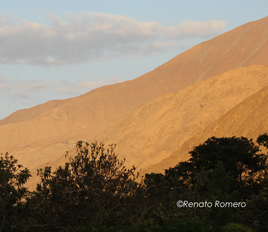
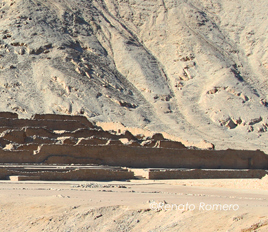
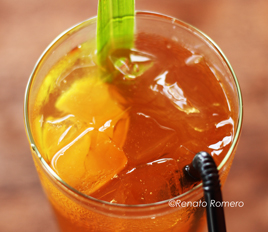
If the symptoms of altitude sickness are felt (headache, nausea, stomachache, extreme tiredness, and shortness of breath), it is better to just rest, avoid food, and drink plenty of liquids (coca leaf tea). If food is needed, a light soup with vegetables and potatoes is recommended. Usually, the next day the symptoms are gone or almost gone. Another solution is to go to a lower elevation.
Clinics in Peru are privately managed while hospitals are run by the Peruvian government. Prices in a clinic are considerably higher than in a hospital. Below is a list of hospitals, clinics, and pharmacies:
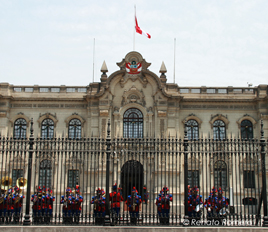
When in Peru, travelers need to take the same precautions they would when in a big and crowded city. Robberies are common in Peru, but if precautions are taken, travelers should not have to deal with this. Below are some recommendations to avoid being the victim of a robbery.
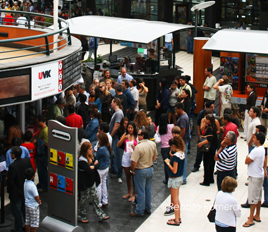
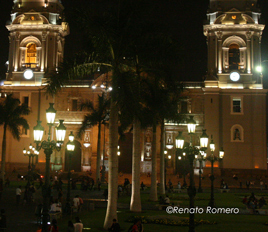
Having credit cards or credit card numbers stolen is another issue for travelers. Below are some recommendations to avoid having your credit card or its number stolen:
Lorem ipsum dolor sit amet, consectetur adipiscing elit. Nunc tincidunt vehicula velit, luctus fermentum eros ornare ac. Cras vehicula, velit at ornare efficitur, diam eros sodales lorem, eu ultricies odio nulla non mi. Fusce bibendum a mauris quis volutpat. Quisque placerat elementum vehicula. Mauris tristique lobortis risus quis gravida. In vel enim vitae urna rhoncus sagittis. Maecenas iaculis eget mauris varius lobortis. Mauris fermentum felis luctus gravida tincidunt. Cras aliquam metus ac nunc accumsan, sed sollicitudin ligula convallis. Etiam ullamcorper sapien congue lacus euismod facilisis. Vivamus massa neque, commodo ac vulputate tincidunt, tincidunt sed lorem. Cras volutpat nisl a maximus fermentum. Nunc pretium velit eget urna vestibulum, a tincidunt elit commodo. Curabitur maximus gravida pharetra. In euismod est eget odio feugiat, sit amet rhoncus neque volutpat.
Register in our site and start planning your visit to Peru with the right partner. See below a few of the benefits of becoming a member:
When you register in our site, you accept the Terms & Conditions of myperuguide.com
Regístrate en nuestro sitio y empieza a disfrutar de nuestros beneficios. Apoyamos a todo tipo de operador de turismo enfocado en el turismo receptivo:
Al regístrarte aceptas los Términos y Condiciones de myperuguide.com